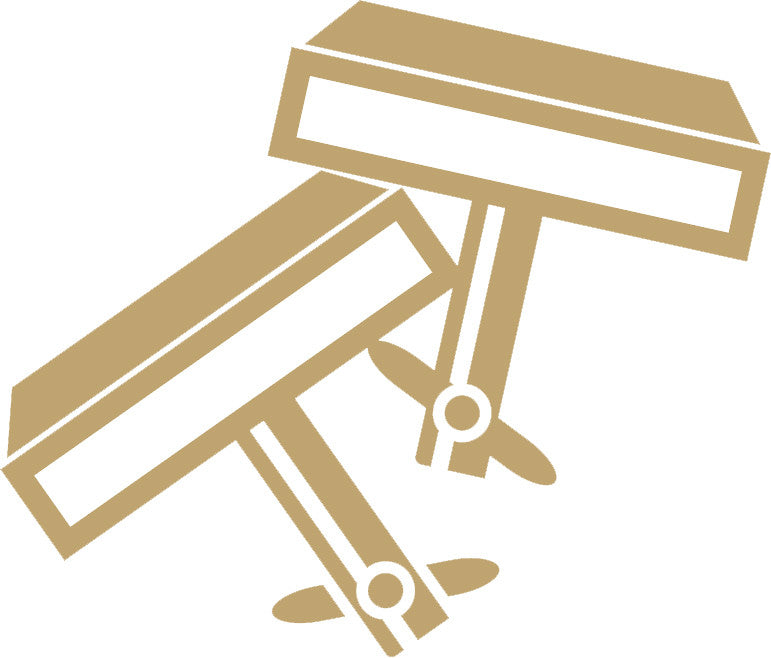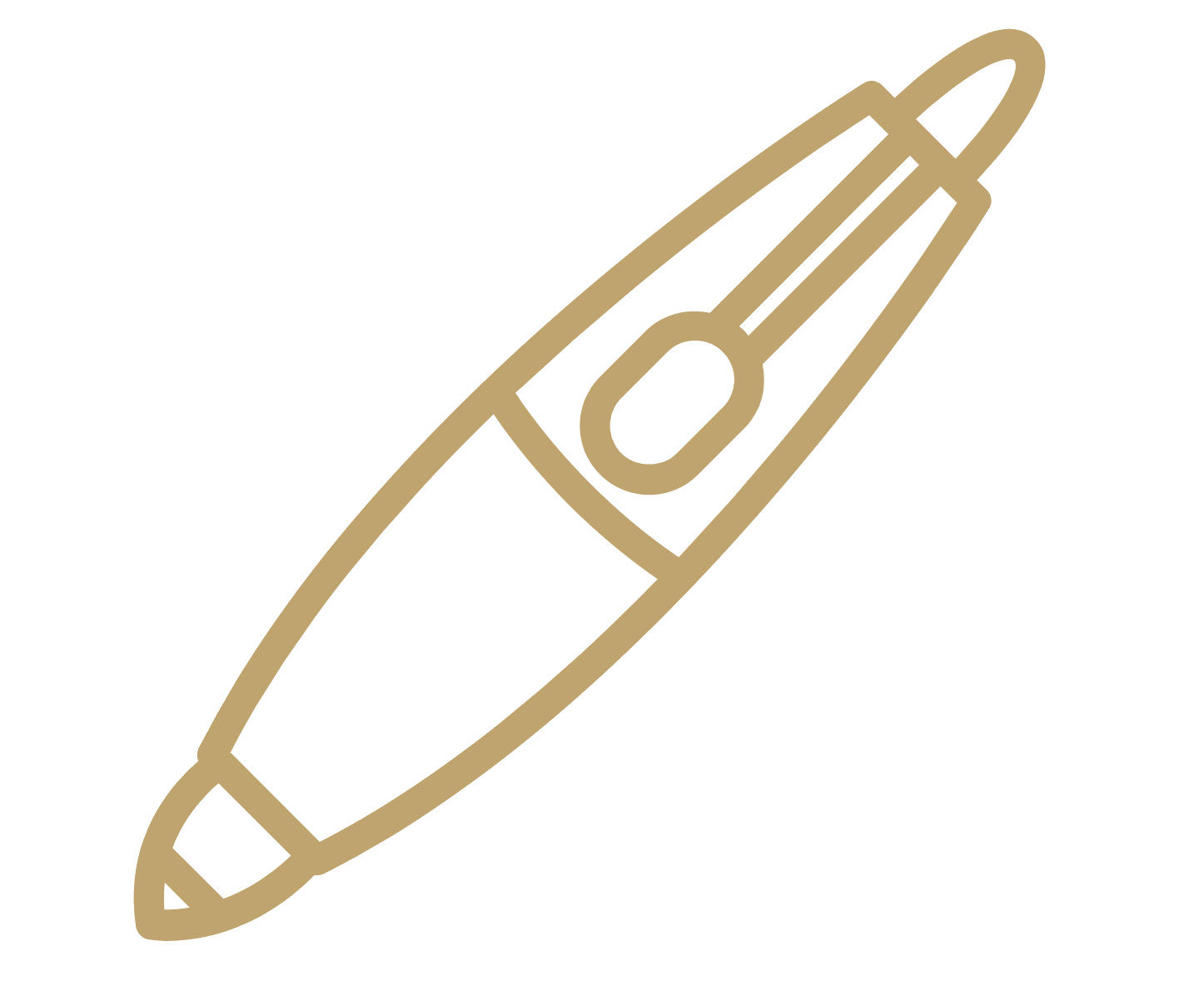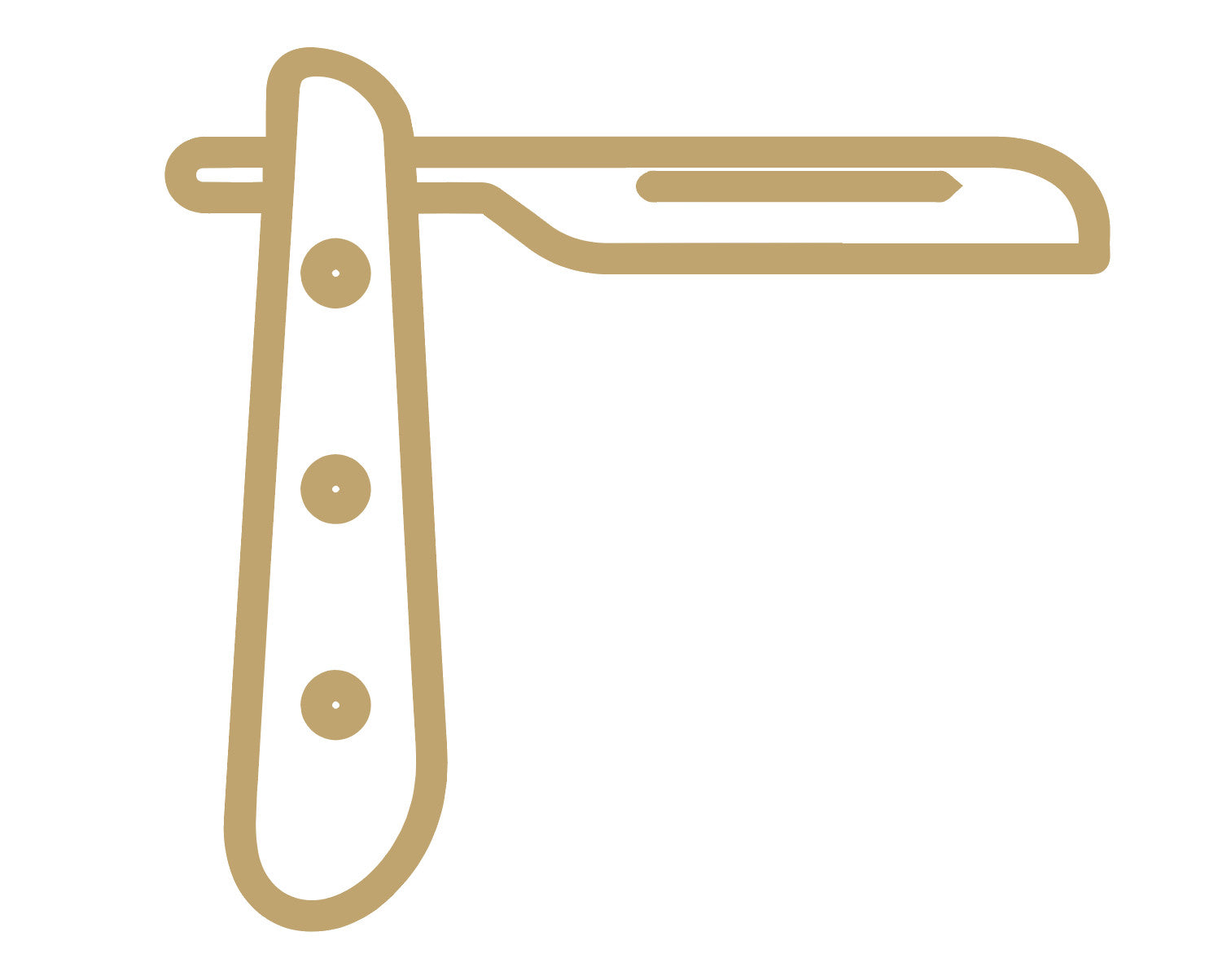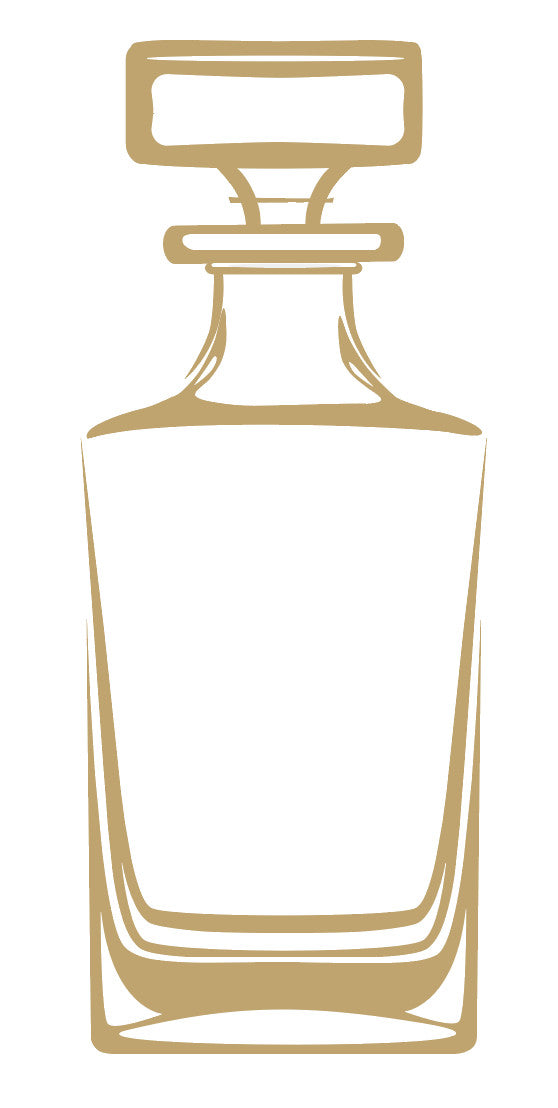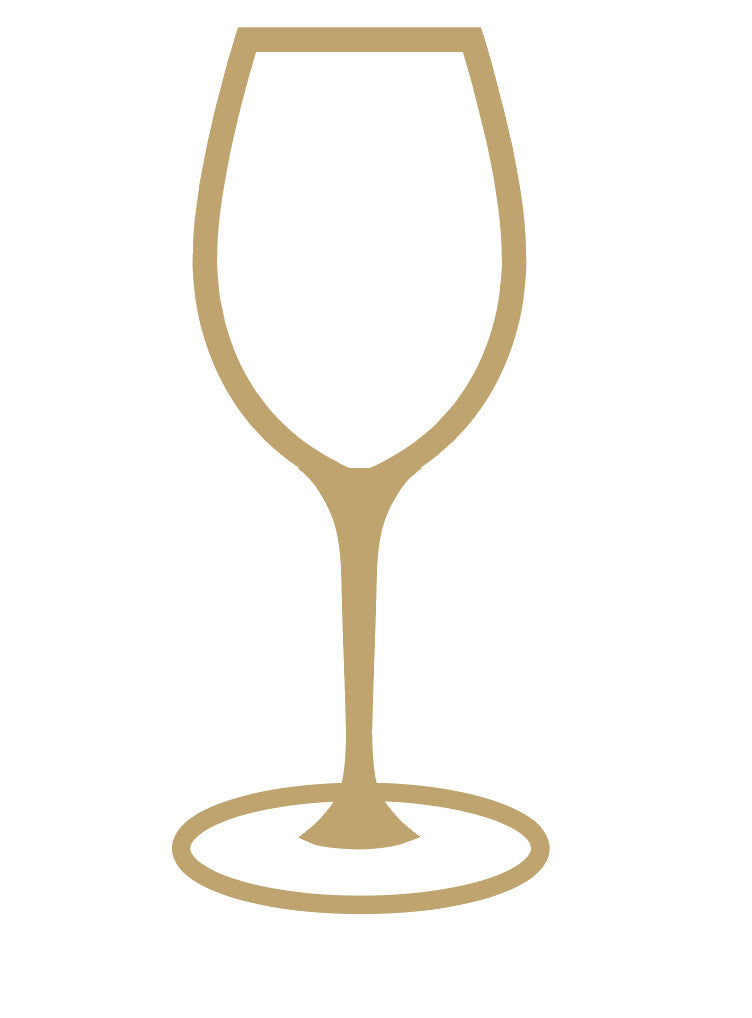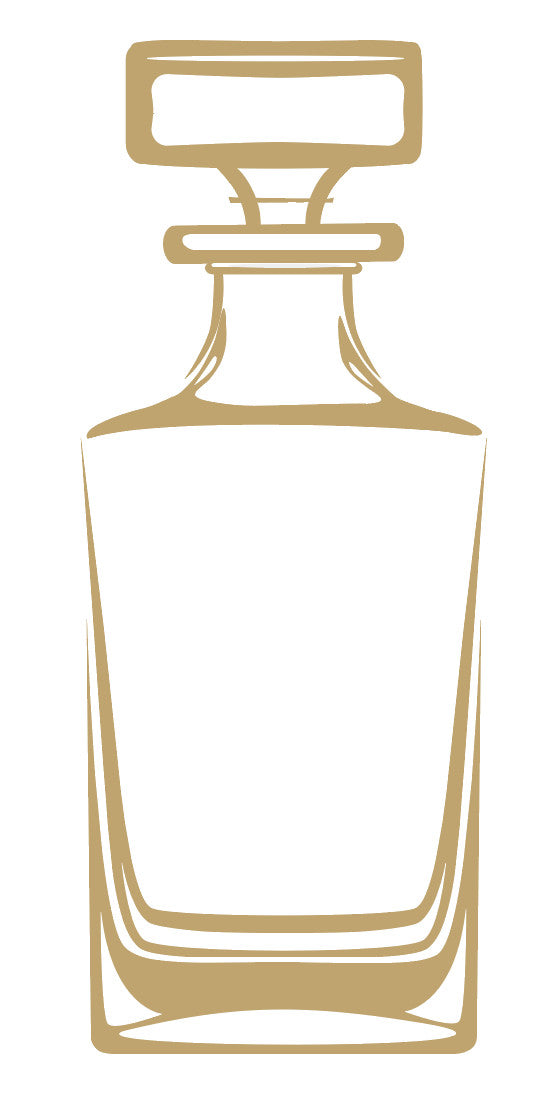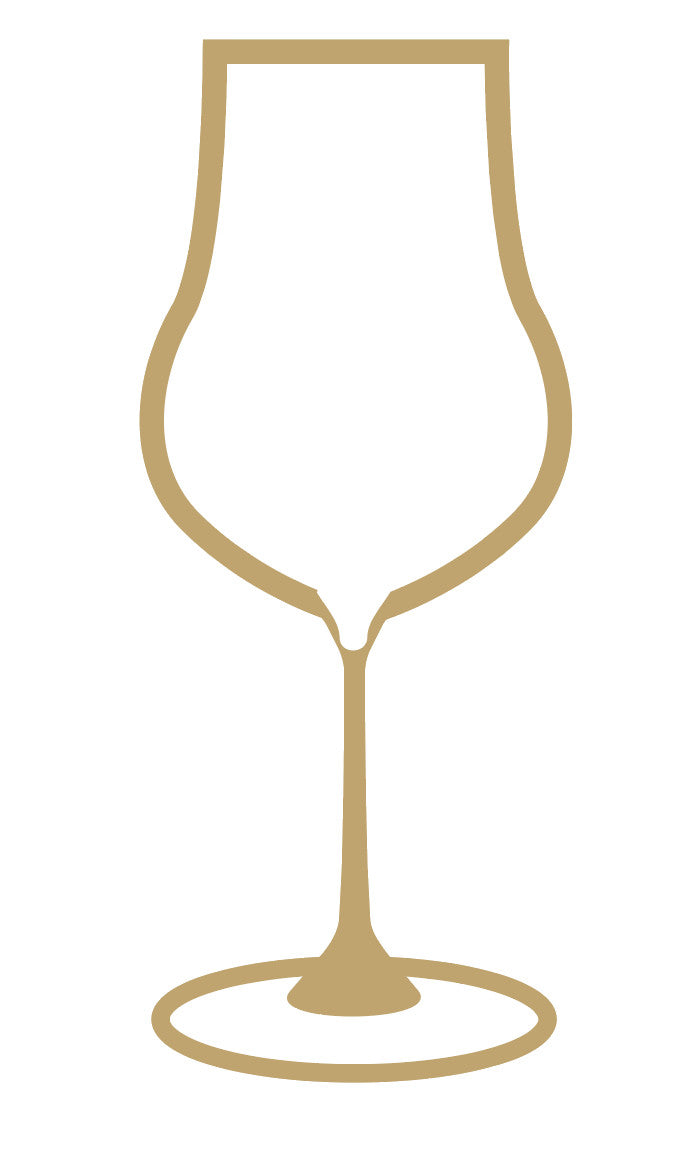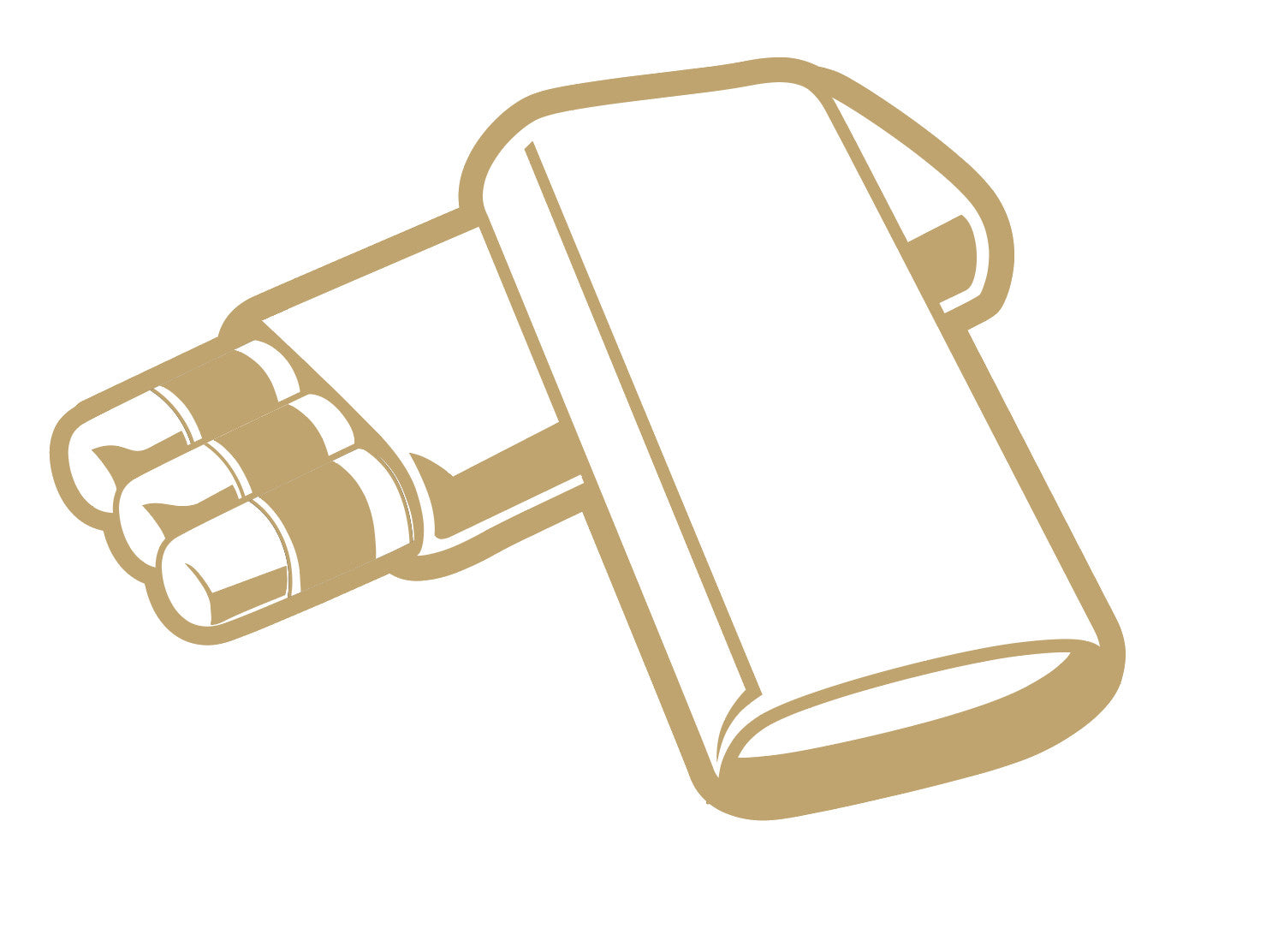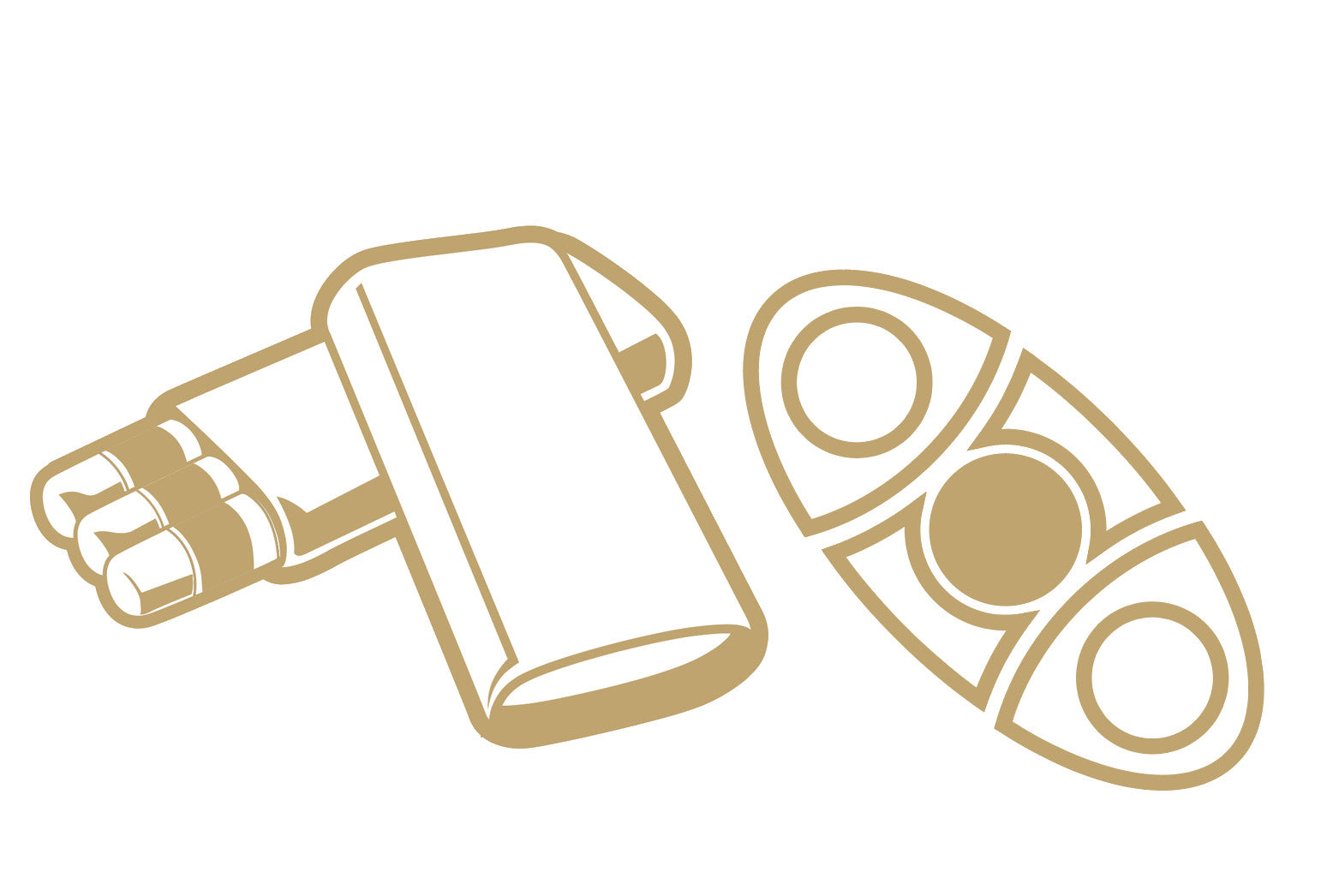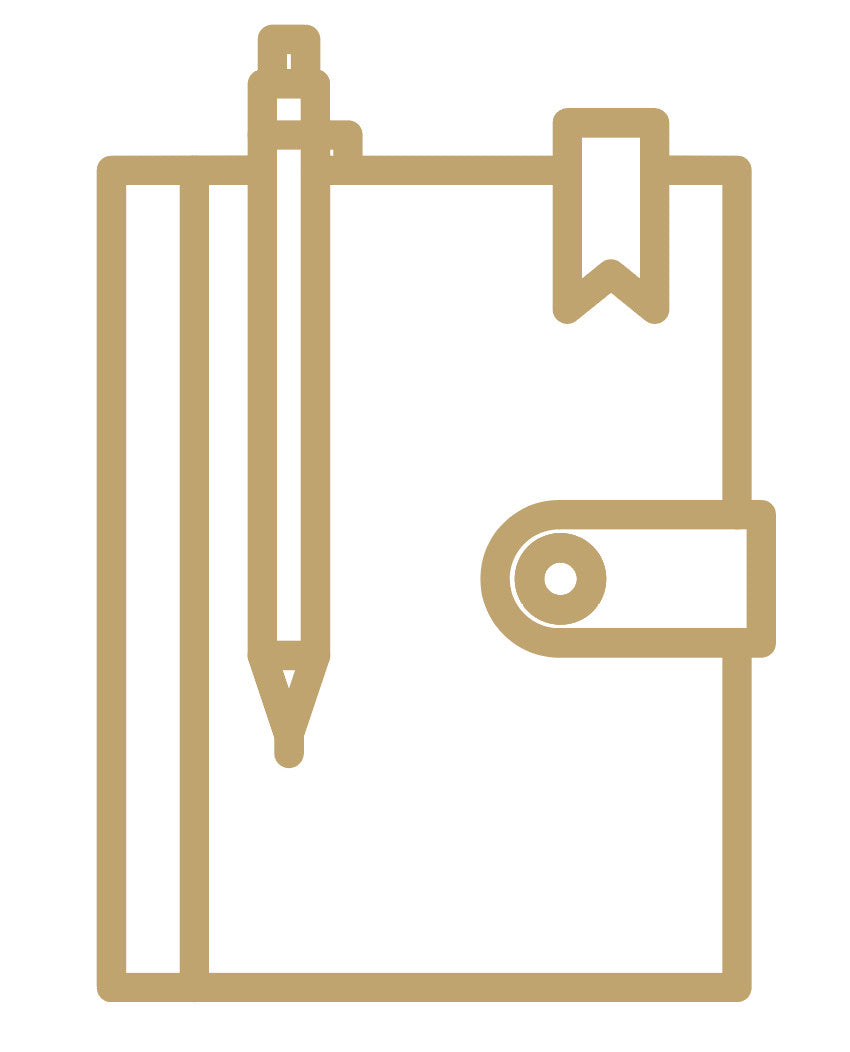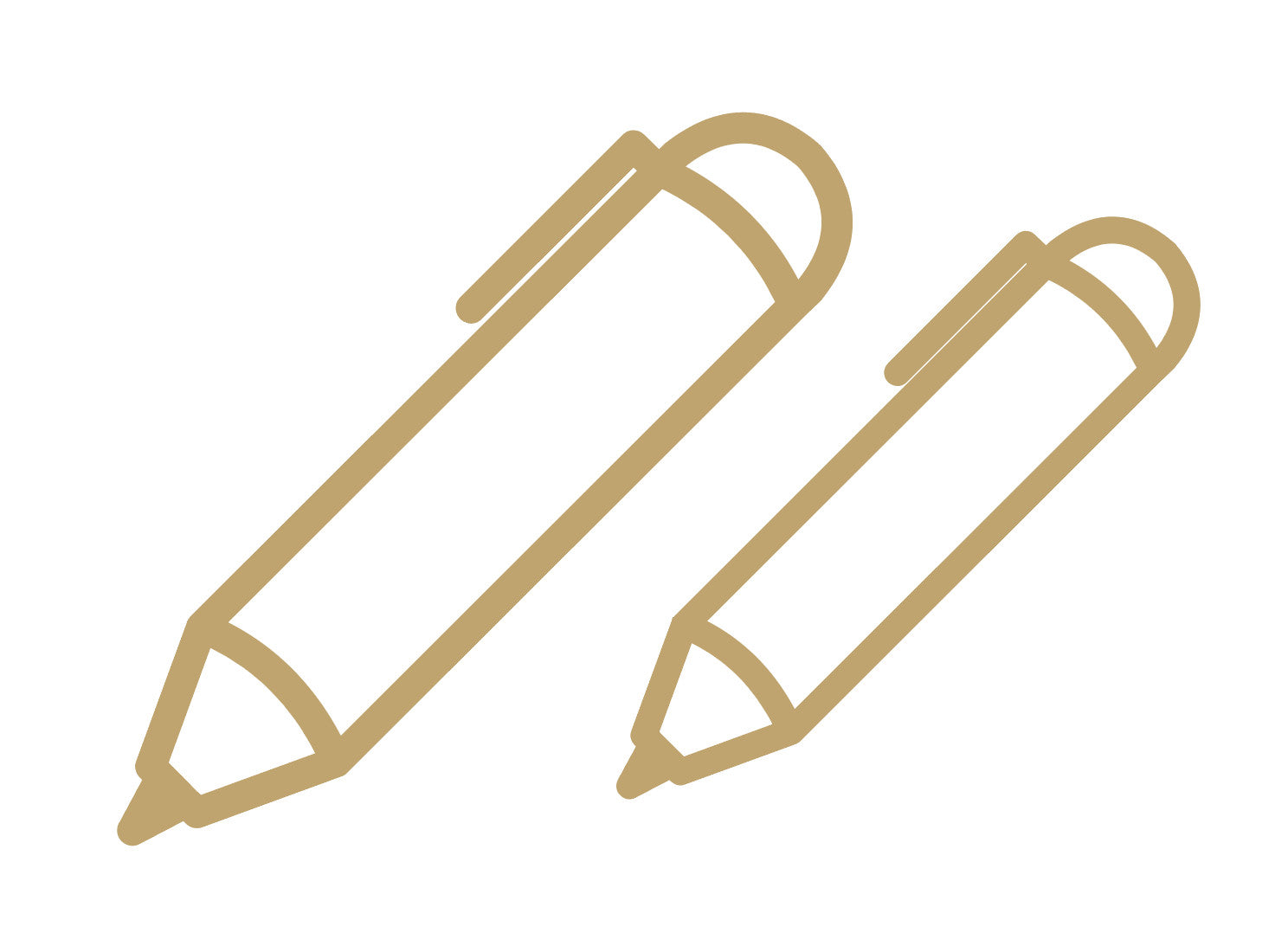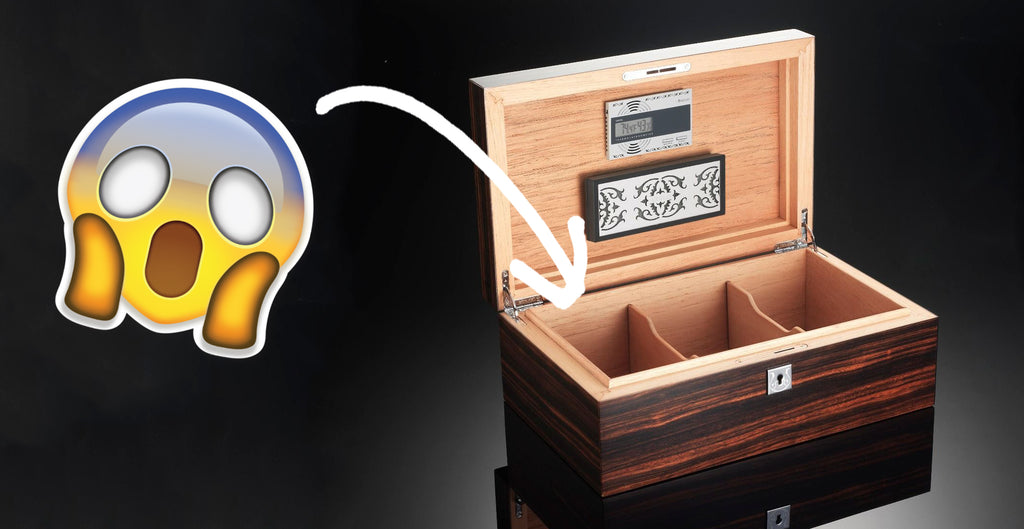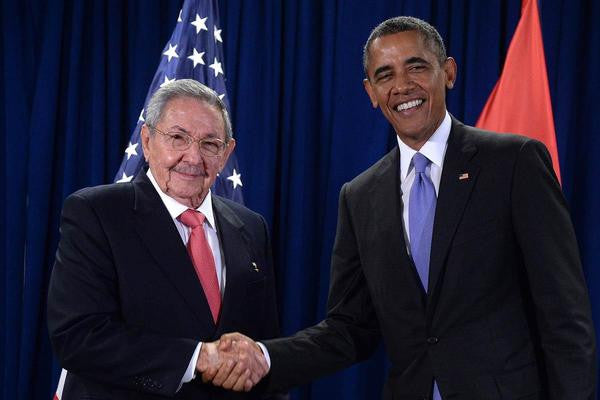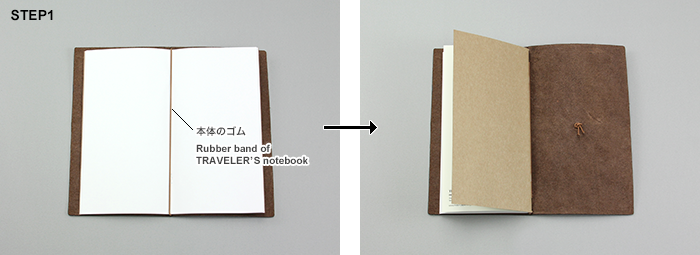In Russia Pen IS Sword.
When Vladimir Putin returned to power as Russian President in March this year, usurping his former successor, the now Prime Minister, Dmitry Medvedev, the reappointment surprised nobody, least of all 100-Year-old Italian luxury pen-maker, Montegrappa.
Twelve years earlier, on January 2, 2000, the outgoing Soviet president Boris Yeltsin had transferred his authority to Putin at a private ceremony in the Kremlin, using a Montegrappa Dragon pen to symbolise the historic political handover. Taking the hand-engraved, three-dimensional Dragon pen from his top left pocket and thrusting it in front of Putin, the ageing Yeltsin uttered the words: "With this pen I give you my power".
Fast-forward to 2008, and not long after he had transferred the presidency to Medvedev: Putin was interviewed by French magazine Le Figaro, who asked him what he carried with him from the Kremlin. "The only thing I carried is my Montegrappa pen," Putin replied. European political commentators correctly inferred at the time that by withholding from Medvedev the Montegrappa Dragon pen given to him by Yeltsin, Putin was also symbolically denying him the absolute authority to govern Russia. Allegorical proof, at least in this instance, that the pen is not just mightier than the sword - it is the sword.
Soviet politics aside, this year's interesting milestone is the centenary of Veneto-based Elmo & Montegrappa (known popularly as just Montegrappa). One of the last manufacturers of truly artisanal and high art concept writing instruments, Montegrappa is registering significant market growth on the back of a return to pre-digital era values. In 2011, the family-owned-and-operated firm registered 45 per cent growth, up from 2010, and is forecast to file similar figures this year. Quite remarkable, really, considering the brand champions a renaissance of ethics more in keeping with our parents' and grandparents' generation than ours - the art of writing, the power of penmanship and the intimacy, or etiquette, of the handwritten note.
"My challenge, my fight," says Montegrappa's youthful CEO, Giuseppe Aquila, speaking to WISH at his company headquarters in Bassano del Grappa, "is to let people know how important handwriting is. Handwriting is something that cannot be lost. Of course, I travel a lot and can't live without my iPhone and iPad [but], writing with a pen, you form the letters and give shape to your thoughts in the way you choose to. Using a keyboard, letters have a predetermined form. The result is a frigid sequence of letters that is not very exciting." As one would expect, Giuseppe doesn't LOL at the ubiquitous and annoying (IMO) text message shorthand/slang either, saying he "smiles" when he sees messages including "emoticons or combinations of symbols such as brackets, colons, dots and commas that try to express one's emotions".
"I think this gives a clear picture of how the world has degenerated in the past two decades," he says, frankly. "We are in an age that is slowly turning people into clones. There is an evident lack of personality. This is also due to the fact that our main tools of communication don't give us the possibility of expressing our personality. The pen, and especially the fountain pen, is one of the last resources we have to express our personality and this is what gives you joy when writing with a pen. If such pen is also a beautiful object, pleasant to the touch and a good writer, the indulgence is doubled."
The cynic might point out that Montegrappa has a vested commercial interest in ensuring the longevity of handwriting and, therefore, the acquisition of pens. But the partisan spirit - a man fighting for a genuine cause - runs deep through the veins of Giuseppe Aquila, just as it does the town of Bassano del Grappa, which was headquarters of the Italian resistance movement during the first and second World Wars. The northeast Italian massif of Monte Grappa (the Montegrappa factory sits at the foothills) is today a footnote in the annals of war but it was the last and only line of resistance during World War I in the face of the Austrian invasion. Had the Austrians taken the Grappa, they would have had access to Venice and the rest of Italy. The invaders were ultimately unsuccessful and the 1775m mountain became a symbol of Italian defiance in the face of adversity.
Coincidentally, in 1918, towards the last months of the war, a young American volunteer ambulance driver for the Red Cross, Ernest Hemingway, was stationed in a 15th-century Venetian villa in Bassano del Grappa called Villa Ca' Erizzo (ca' being an contraction of casa - house). The villa backed on to the beautiful River Brenta and directly opposite was Italy's first pen manufacturer, Elmo - manifattura pennini d'oro e penne stilografiche (manufacturer of gold nibs and fountain pens). Owned, ironically, by an Austrian lady, Edwidge Hoffman, Elmo was financially backed by the Italian textile tsars, the Marzotto family. Hoffman had named the company after the Italianised surname of her head technician, Heinrich Helm, later changing the name to Elmo & Montegrappa in reverence to the Battle of Grappa.
Hemingway's experiences in northeast Italy during World War I formed the inspiration for his 1929 book Farewell to Arms and he, as well as fellow American writer and ambulance driver John Dos Passos, was a frequent visitor to the Elmo manifattura, which had then been open for six years. A plaque outside Villa Ca' Erizzo's chapel, with its eight-sided tower (the octagonal shape is replicated in Montegrappa pens), remembers them: "In this villa in the last month from the Battle of Grappa lived avid poets. They were ambulance drivers from the American Red Cross. Among them John Howard Lawson, John Dos Passas and Ernest Hemingway."
The 42-year-old Giuseppe is a third-generation pen-maker, son of Gianfranco Aquila (now Montegrappa's chairman), who is considered in Italy to be Il Signore delle Penne (Lord of the Pen). The Aquila family's association with Montegrappa dates back to 1938 when Giuseppe's grandfather, Leopoldo Tullio, contracted the Bassano-based atelier to manufacture pens under his own Naples-based label. After a series of failed owners, the Aquila family purchased Montegrappa in 1981. At the time, Montegrappa's sales were in painful decline, catering almost entirely to the Italian domestic market, including the local banks, for which the company made the ubiquitous pens on chains. In similar fashion to the Swiss watch industry of the 1970s, which suffered for decades because of the advance of the digital watch, the luxury pen market was all but dead and buried, thanks to the democratisation of the disposable ballpoint pen - the biro. (As legend has it, Hungarian Laszlo Biro invented the biro after one day playing bocce in the rain. Seeing the way in which the steel ball left its muddy water streaks on the dirt, Biro surmised a ballpoint pen would make a similar effect on paper with ink.)
Giuseppe joined Montegrappa in 1922 at the age of 22, fresh out of college, where he studied computers and humanities. Seeing an opportunity for the pen to become a hand-painted, jewellery-oriented luxury item, a work of artisanal art, the young Aquila hired painters, artists and alta gioielleria (high jewellery) stone-setters from Italy, and tapped the UK for technicians who could build special machines for hand-finished, low relief engraving, die casting and the (then discontinued) production of celluloid and ebonite. The latter are both time-consuming processes. Cotton fibre-based celluloid takes almost three years to come to fruition, including a year spent baking in ovens. Ebonite, a hard, vulcanised rubber, is similarly laborious and expensive to produce but, when used as a pen's feeder nib, the material has a memory that adapts to the personality of its user. In other words, it remembers the pressure applied by its user on the nib and distributes ink accordingly.
Montegrappa launched the reptilian-inspired Dragon pen in 1995, producing a limited edition of only 1912 pieces. Retailing for 3,900,000 Lira (around $2550 at the time of its release), it was the most expensive pen ever made. Having been told by distributors that it was a "crazy" decision and it wouldn't sell, the Dragon pen sold 150 units in the first week, and was sold out three weeks later.
That same year the Geneva-based Richemont Group, owners of brands such as Montblanc, Cartier, Dunhill and IWC, approached the Aquila family to buy the business, returning year after year until 2000, when their persistence paid off. Gianfranco and Giuseppe Aquila accepted commercial terms with Richemont, which included a five-year non-compete clause. The Aquilas purchased the Tibaldi brand, another heritage pen firm born in Florence in 1916 with an artisanal DNA. Rather than sit idly on his hands, Giuseppe reacquainted himself with classical Roman art and literature, paying special attention to la proporzione della vita (the divine proportion). Also referred to as the Golden Ratio, the divine proportion was highlighted in the 13th century by Leonardo of Pisano aka Fibonacci.
Better mathematical minds than this writer's could no doubt explain it more precisely but, in basic terms, Fibonacci maintained that in the sequence of numbers 0, 1, 1, 2, 3, 5, 8, 13, 21, etc, each element in the sequence equals the total of the two preceding numerals. This sequence, the Golden Ratio (3.14, or 1.618), is phi in Italian (and Pi in English) and possesses a geometric harmony. Prior to the first production of Tibaldi writing instruments in the Aquila era (2005), Giuseppe decided that the Golden Ratio, Pi, should be present in each and every single minute element of a Tibaldi pen. That meant absolutely everything - barrel, feeder, nib, clip, even packaging and media releases - in a Tibaldi pen was divided by Pi. Whether related by divine intervention or not, Tibaldi's Fulgor Nocturnus pen, with a retail value of 200,000 euros, sold to a Chinese collector in 2010 for 6.3 million euros, making it the most expensive pen in history. (Tibaldi donated all proceeds to a foundation helping deprived Chinese children with heart problems - "You can save a lot of lives with that money," says Giuseppe, modestly.)
In the summer of 2008, with the global luxury economy haemorrhaging, Giuseppe found himself sitting next to the chief executive of Richemont, Norbert Platt at the St Moritz Art Masters dinner. "Why don't you buy back Montegrappa?" Platt asked him. "That depends," replied Giuseppe, but six months later he and his father found themselves in Hamburg, negotiating with the president of Montblanc (which had taken over Montegrappa as part of the Richemont arrangement). Six months later, in June 2009, Montegrappa was back under the ownership and stewardship of the Aquila family, with the addition of two significant, but unlikely, partners: Hollywood action legend Sylvester Stallone and former French Formula One driver Jean Alesi.
"I'd known 'Sly' Stallone since 1995," Giuseppe says, by way of explanation. "He is a big pen collector and he had a solid gold Dragon pen, the same kind of pen Yeltsin used with the Putin power handover. Anyway, he was signing an important contract for these three big films in New York but he had either lost or had the Dragon pen stolen, I can't remember. A mutual friend contacted me asking for another Dragon pen. I told him that the edition was sold out but when he told me who it was for, I said, 'OK, we make an exception.' For each limited edition pen you are allowed nine of what we call prove d'autore (artist's proofs), so we gave Sly one of them in solid gold. He was so happy, he sent us lots of pictures of him kissing the pen. He said: 'You are so generous, do whatever you like with these pictures.' So we started a friendship. When we reacquired the business, my friend said, 'Why don't you ask Sly whether he wants to become a partner?' At the time we were talking with the famed racing driver, Jean Alesi, who, although French, his parents came from Sicily. We talked and he agreed to become a shareholder, then I asked him to become the face of Montegrappa."
Although not your stereotypical pen owners, both Stallone and Alesi pull their weight. The limited edition Montegrappa Chaos pen, with terrific, foreboding three-dimensional skulls, reptiles and daggers in sterling silver and solid 18ct gold, is all Stallone, conceived on the set of the movie Expendables. Jean Alesi, as board member for PR and communication, brings his elan to the equation. In the summer of 2010, Alesi took Giuseppe with him to then French president Nicholas Sarkozy's official residence, the Elysee Palace, to present him with a one-off special Muhammad Ali pen that has Sarkozy's and Ali's hand-engraved signatures on either side. "The idea was to present a pen dedicated to a legendary fighter to a fighting president," says Giuseppe, joking that he asked Sarkozy, "Where's Carla?"
Another of the Aquila family's first steps in taking back Montegrappa was to reprise the Italian artisanal manufacturing concept of fasonista (not to be confused with the hoaryfashionista), which is to employ groups of craftsmen to work on specialised aspects of the product within their own family homes, usually with more than one family member involved. "We have our own craftsmen, but we also work a lot with [local] artists or craftsmen who work exclusively for us," he says. "They do painting, engraving ... but they work out of their own workshops because they don't want to work in a factory."
While visiting the Montegrappa factory, WISH spoke with a very skilled 29-year-old artisan in charge of hand-engraving the limited edition pens. Poached by Giuseppe from the Rome-based Italian Istituto Poligrafico e Zecca dello Stato, which illustrates and manufactures Italian coins, he was working on a one-off, oversized bespoke pen (valued at $US150,000) for a Hollywood producer who is also one of the world's most enthusiastic pen collectors.
The future of Montegrappa, Giuseppe contends, is to develop a brand-extension strategy that incorporates a number of new products so the firm can open its own boutiques around the world. "We need to have a variety of products," he says. "Especially since we are going to open boutiques more and more. If you just have pens, you are very limited. Let's be frank, you can't survive. You need something different to sell every day. [But] we want to offer designs that are also a bit different. I mean, it's not just a brand extension, like you take anything and you brand it. There is always a meaning, a history; something behind why we're doing this particular thing."
With that in mind, Montegrappa has created chic cuff links, fragrance and automatic timepieces, due to demand in the Middle East for matching accessories. "The people in the Middle East have a particular way of dressing and they all look very similar," says Giuseppe. "The only thing that distinguishes themselves is what they carry in their pockets: pen, glasses, cuff links and watch. So we thought, 'Let's design watches that match our pens'." To achieve a complete line, Montegrappa is quietly working on leather briefcases with a Florence-based workshop ("My idea is to find something elegant but extremely practical for frequent travelling," says Giuseppe) as well as fine writing paper from different regions of Italy, including the Amalfi coast; silk pocket squares and ties; men's bathroom products (after shave, shower gel and suchlike) and the big end-goal - Chaos and Dragon limited edition watches.
Admittedly a very male-oriented "macho" brand, Montegrappa is also looking at expanding its range of pens and fragrance to target the female market. "Although the demand for women's pens used to be very limited, there is now strong interest from a female audience to have a good pen, a nice pen," says Giuseppe. "Even though our core business is men, this is an area we want to develop more and more."
Always cerebral and avant-garde, looking to break new ground, Giuseppe's next innovation for Montegrappa is the Brain pen, which has been developed in association with American neuroscientist Professor Richard Restak. He is reputed to have written 18 books on the brain using a Montegrappa fountain pen. Says Giuseppe: "It is, in fact, proved that writing with a pen - a fountain pen, especially - improves one's memory and has remarkable benefits to man's most powerful, and yet mysterious, organ: the brain." Although saying he would "rather not disclose any further information on the subject at this stage", we know the pen will be accompanied by a booklet written by Restak that explains in detail the benefit of handwriting to the brain.
In March just past, Montegrappa hosted Brazilian writer Paulo Coelho, seller of 190 million books worldwide, at Bassano del Grappa to celebrate St Joseph's Day, when a special limited edition pen called The Alchemist was launched. Not afraid to dabble in pop culture references, at this year's international watch and jewellery industry trade fair Baselworld, Montegrappa launched the pinstriped Frank Sinatra pen, which features a tiny vintage-era microphone on the nib.
A Batman-inspired set of pens, watches and cuff links will be introduced in August this year.
But the renaissance of handwriting remains omnipresent in the objectives of Montegrappa. Giuseppe believes there is a growing paradigm shift towards a willingness to "discover the beauty of old values", by which he means putting down the video-game controller and/or the new age electronic devices we use to communicate with another. "The so called 'Millennials' - those born in the 1980s, who came of age with the new century, now between 18 and 28 - and even more so the Gen Xers (aged 30 to 45) are realising there is more than iPhones, BlackBerries, iPods, iPads, and video games."
"There is much more than Twitter, Facebook and social networks," says Giuseppe. "There is a need to live real life rather than a virtual one. Awareness often comes with maturity, and with maturity comes the urge to rediscover the beauty and immense power of handwriting."
by:Jonathan Lobban
Source: The Australian
